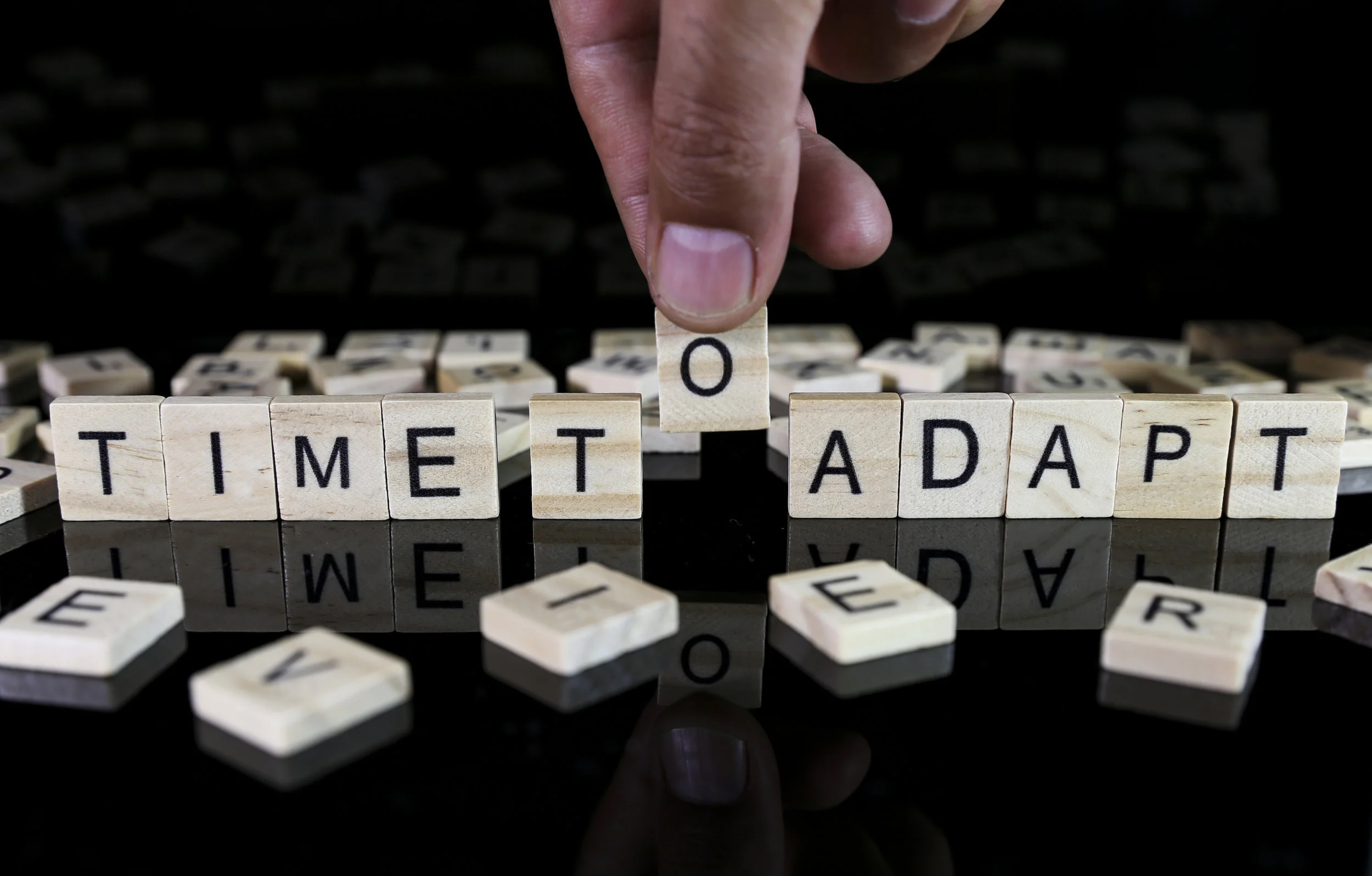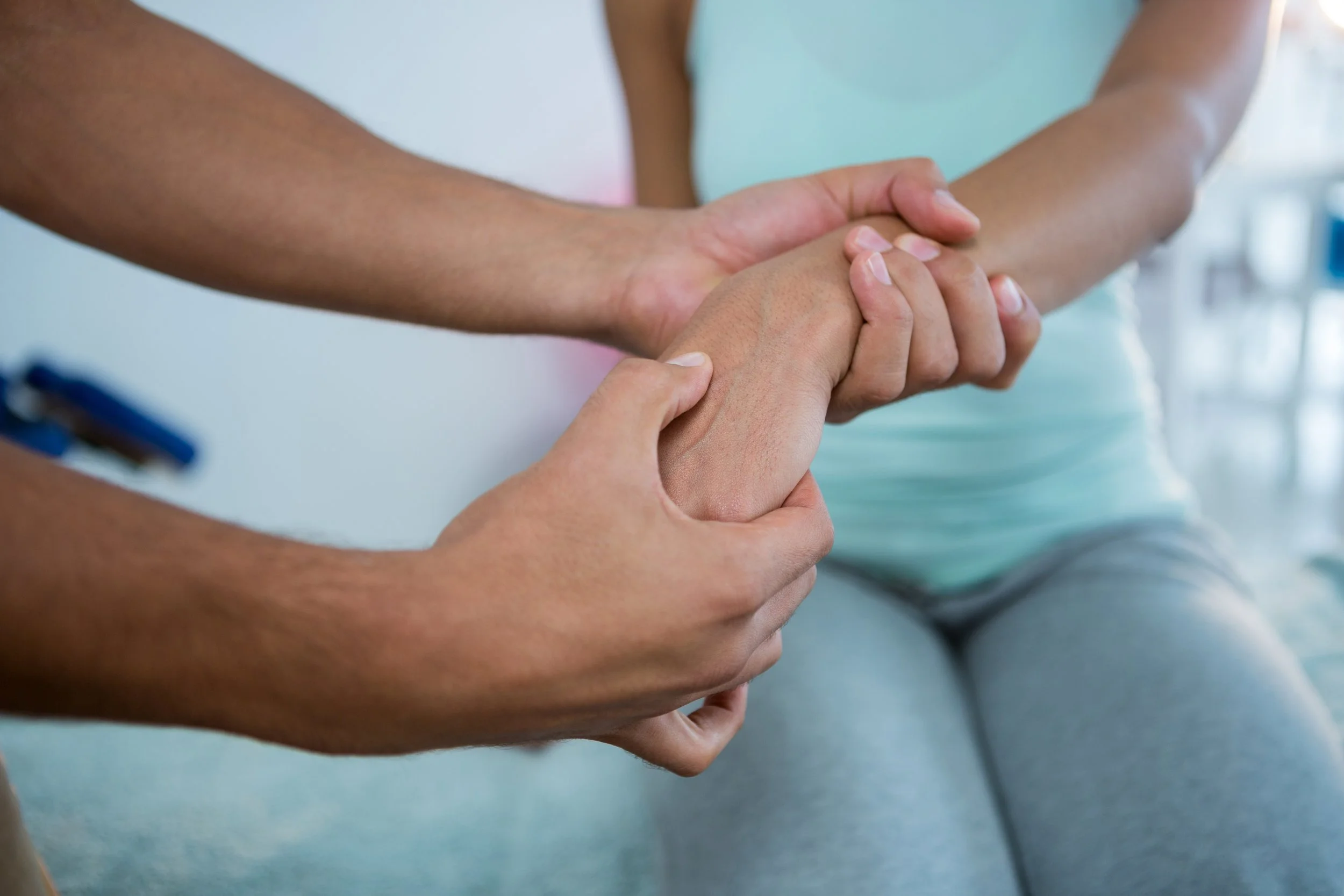It's Official: Yoga Helps Depression
/Evidence keeps stacking up that yoga is a boon for both physical and mental health conditions. Now, a small new study from Boston University finds that taking yoga classes twice a week may help ease depression, thanks in part to deep breathing.
The study, which was published in the Journal of Alternative and Complementary Medicine, included 30 people from ages 18 to 64 with clinical depression, who either were not taking antidepressants or had been on a steady dose for at least three months. Half of the participants were assigned to take a 90-minute Iyengar yoga class three times per week, as well as four 30-minute sessions at home each week. People in the other group took two group classes and three at-home sessions every week.
Iyengar yoga classes emphasize alignment, precise postures and controlled breathing. The classes taught in the study also included 20 minutes of slow, gentle breathing, at a rate of five inhales exhales through the nose per minute.
After about three months, most of the people in both groups had lowered their scores on a depression-screening questionnaire by at least 50%. Not surprisingly, more yoga was better; those who took three classes per week had lower depression scores than those who took two per week.
But since many participants mentioned that the larger time commitment was challenging, the researchers actually recommend two classes per week, saying that the regimen still comes with meaningful benefits.
That yoga seems to be effective is good news for people struggling with depression. Lead author Dr. Chris Streeter, associate professor of psychiatry and neurology at Boston University School of Medicine, says that the practice has far fewer side effects and potential drug interactions than mood-altering medications. The most common complaint reported in the study was a small one—temporary muscle soreness—and one participant experienced distressing thoughts while practicing breathing exercises at home.
Some people who haven’t responded to traditional treatments might do well with yoga, because unlike antidepressant drugs, yoga and deep breathing target the autonomic nervous system, Streeter says. “If your autonomic nervous system is balanced out, then the rest of the brain works better,” she says. Research shows that 40% of people on antidepressants do not recover fully from depression, says Streeter, which puts them at increased risk for a relapse. “Getting that 40% all the way better is a really important goal. Instead of adding another drug, I would argue that yoga is another thing you can add to the treatment regimen that might help.”
More research is needed to determine how yoga stacks up against other treatments. (A larger trial comparing yoga to walking is underway, the study notes.)
While Iyengar yoga is generally considered to be a safe practice for people of all levels, it’s not the only type with health benefits, Streeter adds. “It depends on who the person is and what they’re looking for,” she says. For now, what’s clear is that the type with the most health benefits will be whichever kind you stick with.
This article originally appeared on time.com and was written by AMANDA MACMILLAN.
Join in on the upcoming Yoga for Anxiety, Stress and Trauma Workshops. Be Sure to sign up for our newsletter to find out when the next workshops come up! For more information about our Meditation for Anxiety, Stress and Trauma, visit our event page!











![Self-regulation “control [of oneself] by oneself"](https://images.squarespace-cdn.com/content/v1/55563e14e4b01769086817cb/1542845645966-PO2HGKF5JLUBM45UIWQ3/wee-lee-790761-unsplash.jpg)



















